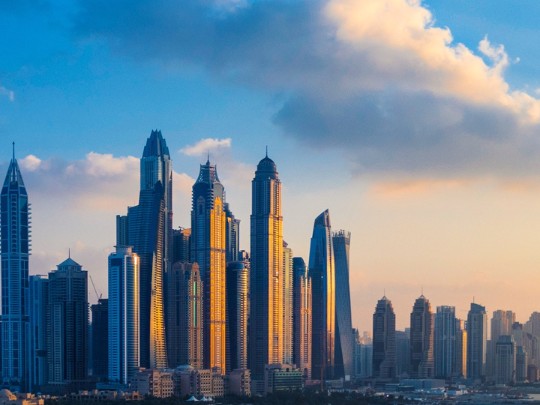Skyline Meets Seascape: The Rise of Luxury High-Rise Architecture on the Coast

The world's coastlines are witnessing a dramatic shift in their skylines. Gone are the days of simple beachfront homes; instead, we're seeing the emergence of breathtaking feats of engineering and design: luxury high-rise buildings that seem to kiss the sky while offering unparalleled panoramic views of the ocean. This architectural trend, fueled by growing populations and a desire for prime coastal real estate, is redefining the concept of coastal living, blending the vibrancy of urban life with the tranquility of the sea.
But building these architectural marvels isn't without its challenges. Coastal environments are inherently harsh, demanding robust construction techniques to withstand the relentless forces of saltwater corrosion, powerful winds, and potential storms. The constant exposure to salt spray and the threat of hurricanes necessitate specialized materials and construction methods.
Engineering for Endurance: Overcoming Coastal Challenges
Architects and engineers are rising to these challenges with innovative solutions. Reinforced concrete, stainless steel, and specialized coatings are becoming standard practice, designed to resist corrosion and ensure longevity. Foundations are often built on deep pilings, anchoring the structures firmly against the shifting sands and potential wave action. Wind resistance is also a critical factor, with buildings designed to withstand hurricane-force winds through aerodynamic shapes and strategically placed structural supports.
Sustainability at Sea Level: Eco-Friendly Coastal Design
Beyond durability, sustainability is paramount. Developers are increasingly prioritizing eco-friendly practices to minimize the environmental impact of these towering structures. This includes utilizing sustainable building materials, incorporating energy-efficient systems, and implementing water conservation measures. Many high-rises now feature green roofs and vertical gardens, not only enhancing aesthetics but also providing insulation, reducing stormwater runoff, and creating habitats for local wildlife. Furthermore, renewable energy sources like solar panels are becoming more common, reducing the buildings’ carbon footprint.
Innovation in Materials and Design
The quest for resilience and sustainability is driving innovation in materials and design. Self-healing concrete, which can automatically repair cracks, is gaining traction. Lightweight, high-strength composites are being used to reduce the weight of structures, minimizing the load on foundations. And architects are experimenting with modular construction techniques, which can speed up the building process and reduce waste. The use of advanced glazing systems that minimize heat gain and loss is also becoming increasingly prevalent, contributing to energy efficiency and occupant comfort.
A New Era of Coastal Living
These coastal high-rises represent more than just impressive architecture; they symbolize a new era of coastal living. They offer a unique combination of luxury, convenience, and breathtaking views, attracting discerning buyers and investors from around the globe. As coastal populations continue to grow, we can expect to see even more of these stunning structures rising from the shores, transforming the skylines and redefining the possibilities of coastal design.






